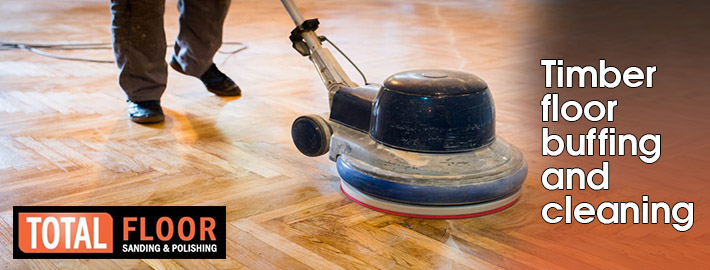If you’re looking to refinish your wood floors, it can be helpful to understand the different types of wood finishes available.
While there are many types of floor sanding Geelong, we’ll focus on oil-based and water-based finishes. We’ll explain what these finishes are made of, how they work, and some of the pros and cons of each type.
The value of wood finishes
Wood finishes serve a number of purposes. They protect the wood from moisture, helping to prevent it from drying out and warping.
Floor sanding Geelong also help to keep the wood looking good, giving it a shiny finish that makes it look more attractive than it would otherwise be.
Wood finishes also help to prevent the wood from getting damaged. If you have a table or something similar that is exposed to the elements, then you need a finish that will protect it from moisture and dirt.
Types of wood finishes
Wood finishes come in a variety of forms. Wax, shellac and polyurethane are all popular choices for furniture finishes. Each type can be used as a clear finish or built up to give the wood more depth and character.
Oil-based, water-based and oil-modified water-based finishes are also common options for flooring applications like hardwood floors because they wear well with regular foot traffic and cleaning.
Oil-modified products allow you to apply multiple coats without worrying about buildup on your floor that could cause it to become sticky over time.
In addition to being durable against wear and tear, these types of finishes offer lower VOCs than standard oil or varnish-type products, which makes them safer for use indoors (not just in homes).

Oil-based wood finishes
Oil-based wood finishes are the most common and widely available. They’re easy to apply, durable, and have a soft, natural look.
Additionally, they require no special ventilation when applied in small areas—you can use them right in your home without worrying about the chemicals affecting your family or pets.
Oil-based finishes are more expensive than water-based ones because they contain oil as their main component.
The oil provides an extra layer of protection for your floors over time; however, if you’re looking for something less expensive (and probably less effective), then go with a water-based finish instead.
Water-based wood finishes
When it comes to water-based wood finishes, the most significant benefit is their environmental friendliness.
Water-based wood finish products are manufactured with a high percentage of water and therefore require little or no solvent to achieve the same drying results as solvent-based products.
This results in less waste, fewer chemicals being released into the environment, and safer use by homeowners who might be more concerned about exposure to certain chemicals.
In addition, these types of finishes tend to be easier to clean up after application because they do not leave behind any oily residue that would require more work on your part.
The main disadvantage of using a water-based product over its solvent counterpart is that it may not provide as durable a finish for your flooring project due partly to its lower viscosity (thickness) compared with traditional varnishes or lacquers.
However, there are ways around this, including applying multiple coats or choosing an oil-based coating instead since both have higher viscosities than standard varnish/lacquer formulas.
We hope that you have a better understanding of the various floor sanding Geelong available for wood floors. Although there are many options out there, we think oil-based finishes are the most durable and easy to maintain.
They also provide a beautiful patina over time which makes it worth the extra effort when sanding down your floor so it won’t look dull when wet. The top timber floor polishing business in Melbourne is total floor sanding and polishing. Numerous floor sanding services are provided by our qualified crew, contact us now.


